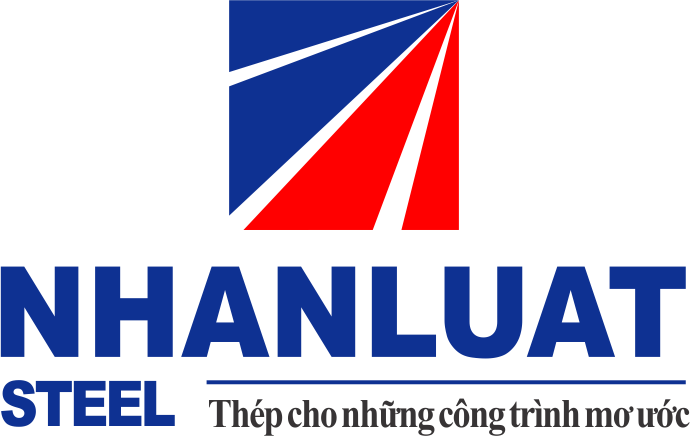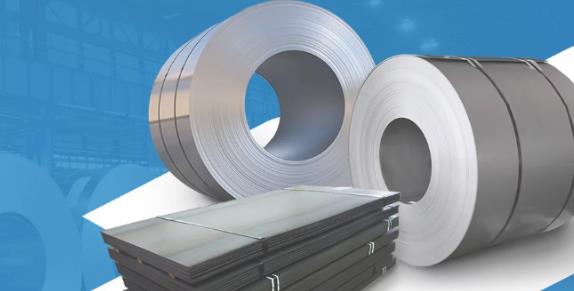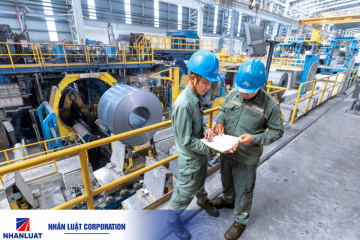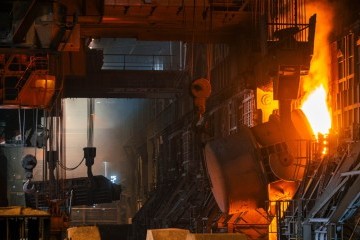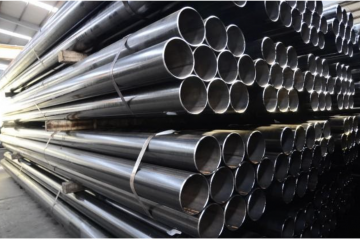In China, investors are hopeful that the government will loosen restrictions on steel production.
As a result, spot iron ore prices have risen, driving up prices for future contracts as well. On June 2nd, iron ore futures for September delivery on the Dalian exchange closed up 2.8% from the previous session, reaching 1,169 CNY (182.95 USD) per ton, with a peak of 4.8% at 1,192 CNY per ton. Imported 62% iron ore delivered to Chinese ports on June 1st also increased by 6 USD to 206.5 USD per ton.
Similarly, scrap steel prices CFR China, at the country's eastern port, were at 500 – 515 USD per ton on June 2nd, up 5 USD from the previous session. The demand for scrap steel is increasing rapidly. As a result, the agreed-upon price for scrap steel CFR northern China has reached 520 USD per ton, equivalent to 510 USD per ton CFR eastern China. However, due to the relatively high selling price, the number of trading contracts is limited.
Steel prices also continued their upward trend. On May 2nd, rebar steel futures for October delivery on the Shanghai exchange increased by 0.5% and surpassed 5,002 CNY per ton; hot-rolled coil steel (HCR) rose by 0.8% to 5,305 CNY per ton, and stainless steel increased by 0.8% to 16,125 CNY per ton.
In the US, steel mills have raised hot-rolled coil steel prices to 1,600 USD per short ton (approximately 907.18 kg) due to strong demand. Argus data shows that domestic hot-rolled coil steel prices in the Midwest have risen by 35 USD per short ton to 1,645 USD; in the South, it increased by an additional 37.5 USD to 1,637.5 USD per short ton.
Cold-rolled coil steel (CRC) prices in the US, as reported by Argus, have risen by 27 USD to 1,822 USD per short ton, while hot-dip galvanized steel increased by 43.50 USD to 1,831 USD per short ton; and steel plate prices increased by 4 USD to 1,482.25 USD per short ton.
For futures contracts, hot-rolled coil steel futures for July increased by 53 USD per short ton to 1,648 USD; for August futures, it increased by 45 USD to 1,570 USD per short ton; for September futures, it increased by 75 USD to 1,505 USD per short ton; for October futures, it increased by 40 USD to 1,400 USD per short ton; and for November futures, it increased by 53 USD to 1,335 USD per short ton.
Imported hot-rolled coil steel into Houston increased by 14.25 USD to 1,486.75 USD per short ton due to the ongoing global price hike.
In Russia, steel prices remain high due to limited supply. Magnitogorsk Iron & Steel Works (MMK) sells hot-rolled steel plate (HR) from June at 105,000 rubles (1,430 USD) per ton, but some sources say the factory is out of stock. Meanwhile, Severstal is selling hot-rolled steel plates to traders at 104,000 rubles per ton.
Currently, Russia is considering the possibility of imposing additional taxes on steel producers this year. If applied, metal producers in the country will have to pay an additional 100 billion rubles (1.4 billion USD) in taxes to the government in 2021, while basic metal producers will not be affected.
This is part of the efforts to address the issue of soaring commodity prices in Russia, causing concern for Moscow about the increasing material costs for defense and construction industries, impacting price stability nationwide. At the same time, Russia is also considering proposals to purchase steel products for national reserves.
Some steel producers like Evraz and Metalloinvest have been supplying railway tracks and other steel products to state projects at lower prices than market rates.
In India, domestic steel companies are planning to raise prices by an additional 3,250 INR per ton for hot-rolled coils, 5,000 INR for cold-rolled/galvanized steel, and 10,000 INR for color-coated steel products, which could be implemented in June.
In South Korea, Posco, Hyundai Steel, and other major steel manufacturers have reached an agreement with carmakers Hyundai Motor Co. and Kia Corp. to raise prices of steel plates used in car production by an additional 50,000 won (44.93 USD) per ton. This is the first price increase for these companies since the second half of 2017.
In Vietnam, after a period of stable steel prices, some companies have started to increase selling prices. For example, Hoa Phat Steel has adjusted its galvanized steel products by an additional 300 VND/kg from June 1st, while Hoa Sen Steel has increased prices for galvanized steel (excluding Hoa Sen Gold), thick-coated steel, galvanized steel pipes by 300 VND/kg nationwide (excluding 10% VAT), and Sendo Steel has also adjusted prices upwards by 300 VND/kg from June 1st (including VAT). Nam Kim Steel has also announced an increase in selling prices for galvanized steel pipes and V-galvanized steel.
The steel market outlook is not expected to cool down quickly as steel demand remains strong, despite the increase in iron ore production.
GlobalData, a leading data analysis company, predicts that global iron ore production in the period 2021-2025 will increase by an average of 3.7% per year, reaching 2,663.4 million tons, after a decline in 2020 (3% decrease) to 2.2 billion tons. This increase is due to major iron ore projects expected to start operating in Australia, South Africa, and Brazil.
Meanwhile, the World Steel Association (Worldsteel) forecasts that global steel demand will increase by 5.8% in 2021, reaching 1,874.0 million tons, after a 0.2% decrease in 2020; then further increasing by 2.7% to 1,924.6 million tons in 2022.
According to Worldsteel, steel demand is expected to recover strongly in the coming years in both developed and developing economies, supported by pent-up demand and government programs aimed at stimulating economic recovery. However, for most developed economies, it will take several years for steel demand to return to pre-pandemic levels.
The automotive sector is experiencing a strong recovery in 2021 due to increased use of personal transportation to avoid Covid-19 infection and save money for households. The recovery will be particularly strong in the US, where automobile production in 2021 will exceed that of 2020. The global automotive industry is expected to return to 2019 levels by 2022.
Reference: Metalbulletin, Argusmedia, Moneycontrol
Source: Nhịp Sống Kinh Tế
